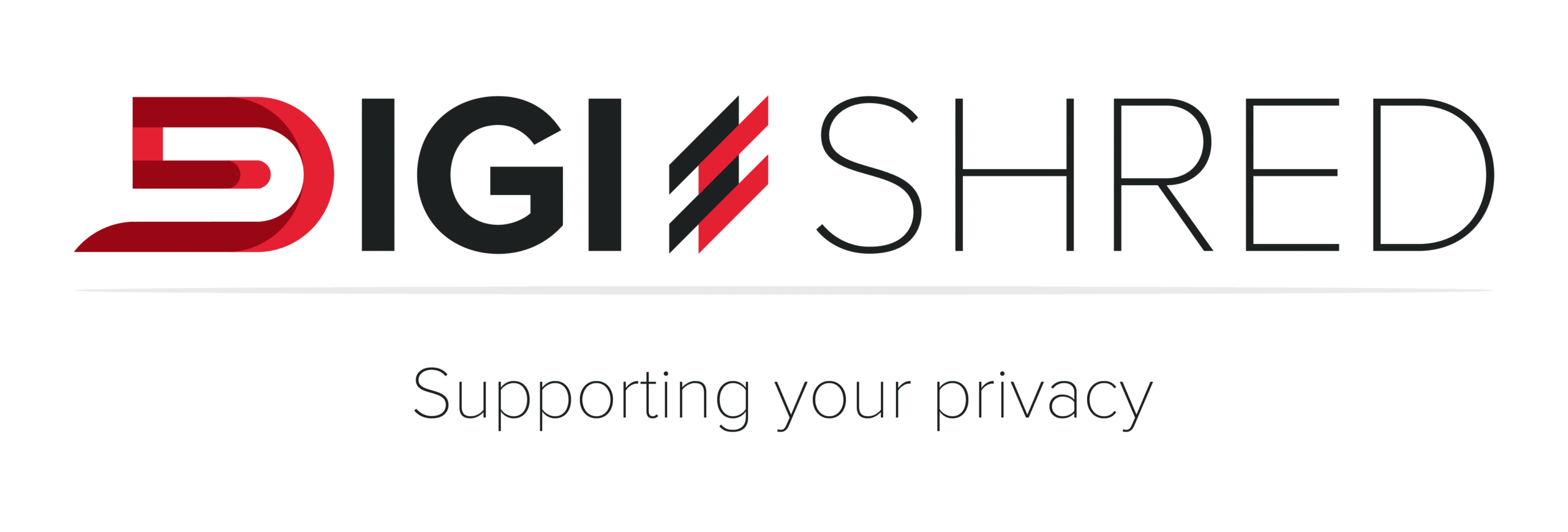Shredding in Research Institutions
Protecting the privacy and authenticity of research participants’ information is of the utmost importance in the academic world. Secure document disposal is one of many precautions needed to safeguard research data, which is frequently confidential and proprietary. When it comes to protecting sensitive research data, shredding is an absolute must. Shredding facilities in South African research institutions, data protection laws, and shredder specifications are discussed in this article.
Countless institutions in South Africa are conducting state-of-the-art research in a wide range of disciplines, from healthcare and technology to environmental science and the social sciences. The Department of Higher Education and Training (DHET) reports that 26 state institutions, multiple research councils (including the CSIR), and an extensive number of commercial research institutions call South Africa home. Research output is critical to national development and global competitiveness, and these institutions work together to contribute to it. Learn about the importance of research institution shredding in preserving data integrity and confidentiality. Explore secure data destruction practices to ensure regulatory compliance and protect sensitive information effectively.
Digishred provides quality shredders for sale or rent. To find out more about our shredders for sale, get in touch with a consultant online. We also offer SME finance options to assist small and medium companies to operate efficiently. If you’re in need of shredder rentals or shredding services, we will gladly advise and give you a free quote.

Compliance with Data Protection Laws
The Protection of Personal Information Act (POPIA) governs data protection in South Africa and requires all organisations, including research institutions, to keep personal information secure and private. The data must be deleted or de-identified as soon as it is no longer needed for the original purpose, according to POPIA. Research institutes must develop secure data disposal mechanisms to avoid the harsh consequences of non-compliance with POPIA, which can include jail and fines.
According to a report by the National Research Foundation (NRF), South Africa has made significant investments in research and development (R&D), with expenditure reaching R38.7 billion in 2018/19. These institutions collectively produce a substantial volume of research data, necessitating effective data management and disposal strategies.
The Need for Shredding Facilities in Research Institutions
Among the many sensitive types of information that research institutes manage are the names and addresses of study participants, trade secrets, and the results of proprietary research. There are a number of reasons why shredding facilities are necessary:
- Maintaining confidence with research participants and protecting intellectual property both depend on keeping research data confidential.
- Legal Compliance: Shredding is an effective means of ensuring secure disposal of data, which is required by POPIA.
- Secure shredding reduces the likelihood of data breaches and illegal access to confidential documents.
- Regular shredding helps with physical storage space management by disposing of obsolete papers.
Technical Specifications for Shredders in Research Institutions
Choosing the right shredder is crucial for research institutions to ensure secure and efficient disposal of sensitive documents. The following technical specifications should be considered:
Shredder Type:
- Cross-Cut Shredders: These provide a higher level of security compared to strip-cut shredders by cutting paper into small, confetti-like pieces.
- Micro-Cut Shredders: Offer even greater security by reducing paper to tiny particles, making reconstruction virtually impossible.
Sheet Capacity:
- The number of sheets a shredder can handle at once is important for efficiency. For high-volume environments, a capacity of 20 sheets or more is advisable.
Shredding Speed:
- Speed is critical in high-demand settings. Shredders with higher speeds (measured in feet per minute) can handle large volumes quickly.
Continuous Run Time:
- Research institutions often require shredders with long or continuous run times to manage large shredding tasks without frequent cool-down periods.
Bin Capacity:
- A larger bin capacity reduces the frequency of emptying, which is useful in high-volume settings. Capacities of 15 gallons or more are ideal.
Security Level:
- Shredders are classified by DIN (Deutsches Institut für Normung) security levels. For highly confidential documents, a security level of P-4 or higher is recommended.

Recommended Shredders for Research Institutions
Based on the above specifications, the following shredders are recommended for research institutions:
Fellowes Powershred 99Ci:
- Type: Cross-Cut
- Sheet Capacity: 18 sheets
- Shredding Speed: 10 feet per minute
- Run Time: 30 minutes
- Bin Capacity: 9 gallons
- Security Level: P-4
Ideal 2604
Ideal 2604 is known for its high security and robust performance, making it suitable for research facilities handling sensitive documents.
- Type: Super Micro-Cut
- Sheet Capacity: 9-11 sheets per pass (A4, 70g/m²)
- Shred Size: 0.8 x 5 mm
- Security Level: P-7 (highest security level)
- Shredding Speed: 14 feet per minute
- Bin Capacity: 26 gallons (100 liters)
- Run Time: Continuous duty motor
- Feed Opening: 10.25 inches (260 mm)
- Noise Level: 52 dB
- Features: Safety Protection System (SPS), Easy-Switch control element, Electronic capacity control, Automatic reverse and power cut-off, Zero Energy Consumption standby mode
Rexel Auto+ 750X Shredder
Rexel Auto+ 750X is ideal for high-volume automatic shredding, reducing manual intervention in busy research facilities.
- Type: Cross-Cut
- Sheet Capacity: Up to 750 sheets (automatic feed), 12 sheets (manual feed)
- Shred Size: 4 x 40 mm
- Security Level: P-4
- Shredding Speed: 10 feet per minute
- Bin Capacity: 32 gallons (115 liters)
- Run Time: Continuous run time for large jobs
- Feed Opening: 9 inches (230 mm) for manual feed
- Features: Auto-feed technology, Jam-free technology, Self-cleaning cutters, Power save mode, Auto-oiling system
New United ST-12C Shredder
New United ST-12C provides reliable performance and high-security shredding, suitable for sensitive documents in research environments.
- Type: Cross-Cut
- Sheet Capacity: Up to 12 sheets per pass (A4, 70g/m²)
- Shred Size: 2 x 10 mm
- Security Level: P-5
- Shredding Speed: 7.2 feet per minute
- Bin Capacity: 6.6 gallons (25 liters)
- Run Time: 10 minutes on / 20 minutes off
- Feed Opening: 9 inches (230 mm)
- Features: Anti-jam technology, Thermal protection, Quiet operation, Overheat protection, Auto Start/Stop and reverse, LED indicators
We also show you how to oil a paper shredder.


